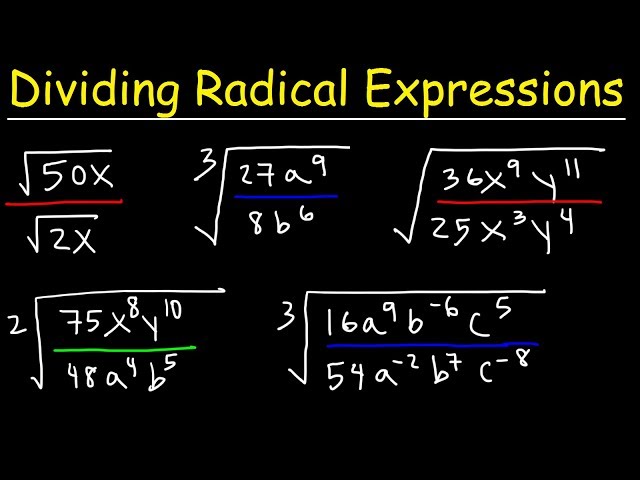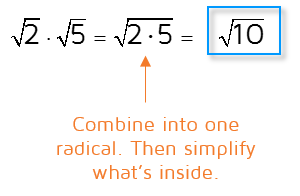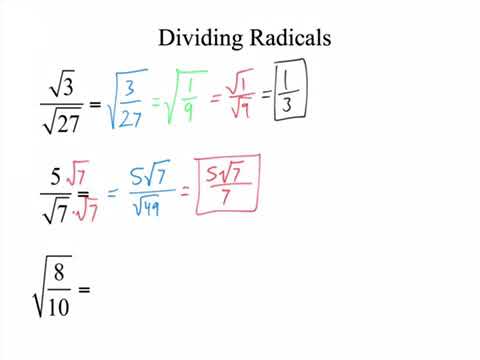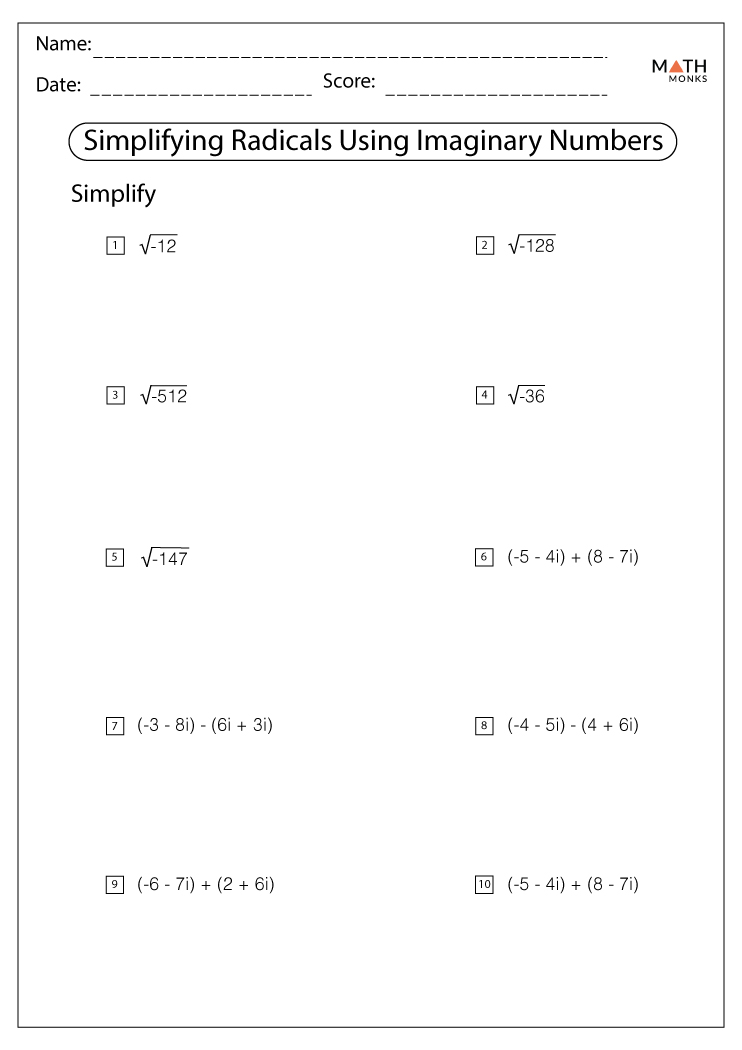Divide by Radicals Easily

Introduction to Dividing by Radicals

When dealing with radicals in mathematics, one of the most common operations is division. Dividing by radicals can seem intimidating at first, but with the right approach, it can be simplified and made easier to understand. In this article, we will explore the concept of dividing by radicals, the rules that govern this operation, and provide step-by-step examples to illustrate the process.
Understanding Radicals

Before diving into the division of radicals, it’s essential to understand what radicals are. A radical is a symbol used to represent the root of a number. For example, the square root of a number x is represented as √x. Radicals can be added, subtracted, multiplied, and divided, just like any other mathematical expression. However, when dividing by radicals, we need to follow specific rules to simplify the expression.
Rules for Dividing by Radicals

To divide by radicals, we need to follow these simple rules: * Multiply by the conjugate: When dividing by a radical, we can multiply both the numerator and denominator by the conjugate of the denominator. The conjugate of a radical is another radical with the same index (root) but the opposite sign. For example, the conjugate of √x is -√x. * Rationalize the denominator: Rationalizing the denominator involves removing the radical from the denominator by multiplying both the numerator and denominator by an appropriate form of 1. This can be done by multiplying by the conjugate of the denominator or by using other algebraic manipulations. * Simplify the expression: After rationalizing the denominator, simplify the resulting expression by combining like terms and canceling out any common factors.
Step-by-Step Examples

Let’s consider some examples to illustrate the process of dividing by radicals: * Example 1: Divide √x by √y. To divide √x by √y, we can multiply both the numerator and denominator by √y, which is the conjugate of the denominator: √x / √y = (√x * √y) / (√y * √y) = √(xy) / y * Example 2: Divide 2√x by √y. To divide 2√x by √y, we can multiply both the numerator and denominator by √y: 2√x / √y = (2√x * √y) / (√y * √y) = 2√(xy) / y * Example 3: Divide √x + √y by √z. To divide √x + √y by √z, we can multiply both the numerator and denominator by √z: (√x + √y) / √z = ((√x + √y) * √z) / (√z * √z) = (√(xz) + √(yz)) / z
💡 Note: When dividing by radicals, it's essential to simplify the expression as much as possible to avoid any confusion or errors.
Common Pitfalls and Mistakes

When dividing by radicals, there are some common pitfalls and mistakes to watch out for: * Not rationalizing the denominator: Failing to rationalize the denominator can lead to incorrect results and make the expression more complicated than necessary. * Not simplifying the expression: Not simplifying the resulting expression can make it difficult to understand and work with. * Making sign errors: When working with radicals, it’s easy to make sign errors, especially when multiplying or dividing by negative numbers.
Table of Common Radical Division Formulas

Here is a table of common radical division formulas:
| Formula | Description |
|---|---|
| √x / √y | Divide √x by √y |
| 2√x / √y | Divide 2√x by √y |
| (√x + √y) / √z | Divide √x + √y by √z |

To summarize the key points, dividing by radicals involves multiplying by the conjugate, rationalizing the denominator, and simplifying the expression. By following these steps and avoiding common pitfalls, you can easily divide by radicals and simplify complex mathematical expressions. With practice and patience, you can become proficient in dividing by radicals and tackle even the most challenging math problems with confidence.
What is the conjugate of a radical?

+
The conjugate of a radical is another radical with the same index (root) but the opposite sign. For example, the conjugate of √x is -√x.
How do I rationalize the denominator?

+
To rationalize the denominator, multiply both the numerator and denominator by the conjugate of the denominator or use other algebraic manipulations to remove the radical from the denominator.
What are some common pitfalls when dividing by radicals?

+
Common pitfalls include not rationalizing the denominator, not simplifying the expression, and making sign errors. It’s essential to watch out for these mistakes to ensure accurate results.



